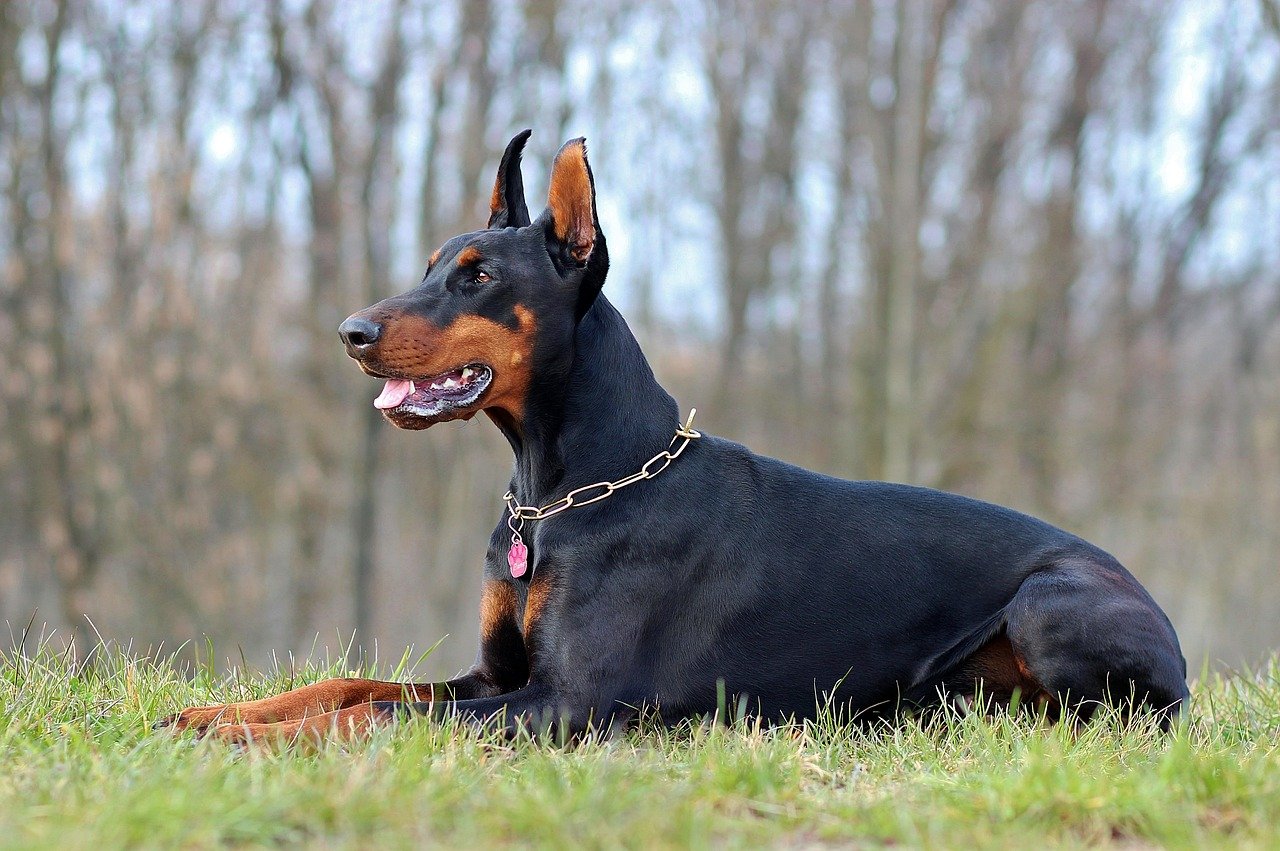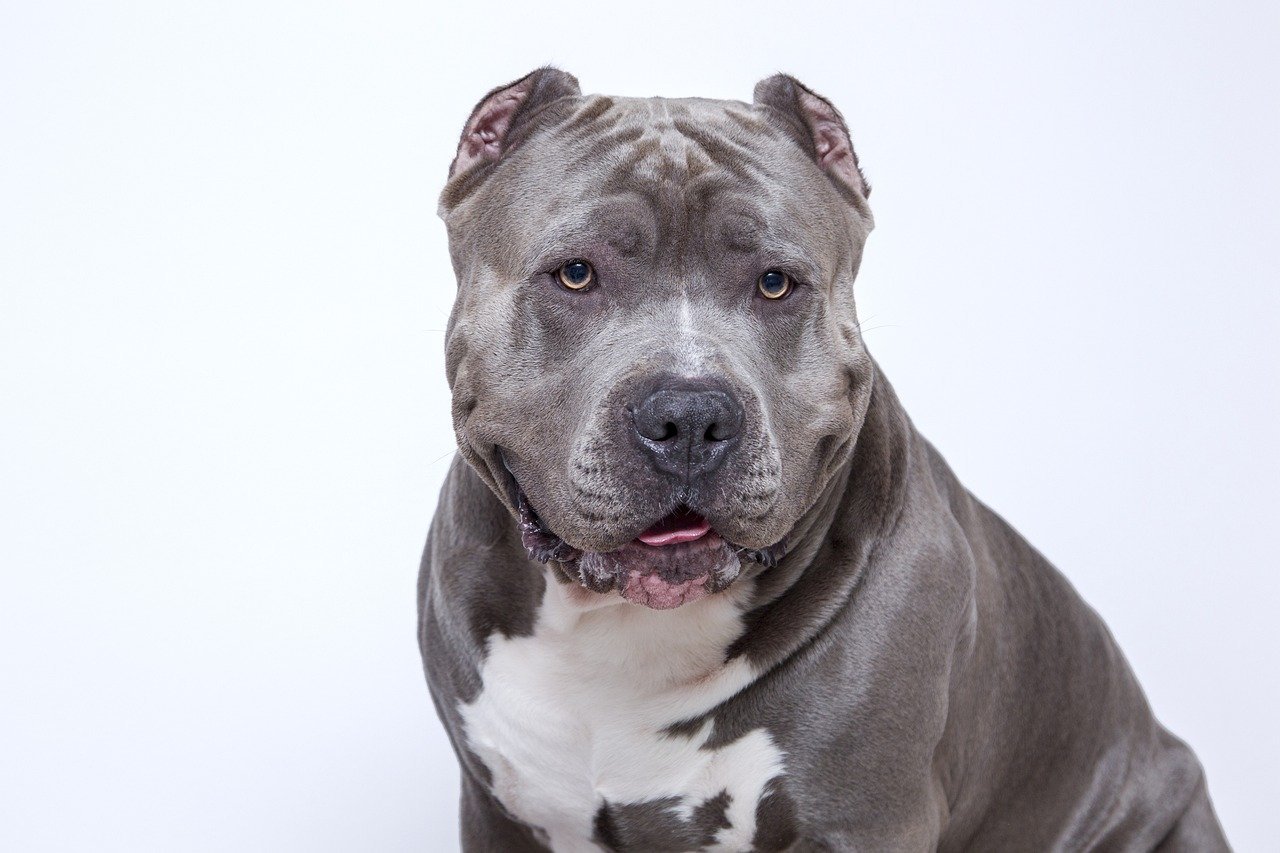In the world of dog lovers, few topics ignite as much passion and debate as the idea of banning certain dog breeds. It’s a conversation that’s often avoided, yet it looms over many communities, sparking both fear and fierce loyalty. From heart-wrenching stories of dog attacks to tales of misunderstood breeds, the conversation is as complex as it is emotional. But is banning specific breeds the answer to ensuring public safety, or is it a misguided attempt that punishes the innocent? As we dive into this heated argument, we’ll explore the many facets of this controversial issue, shedding light on perspectives that may surprise you.
The Historical Context of Breed Bans

It’s one of the most controversial topics in the canine world—and one that sparks fierce emotions on both sides. Breed-specific legislation, or the banning of certain dog breeds, is often proposed in the name of public safety. Yet critics argue it’s unfair, ineffective, and rooted in fear rather than fact. Are some breeds truly more dangerous, or is the issue more about irresponsible ownership and lack of training?
The notion of banning specific dog breeds is not new. In fact, it dates back several decades, with various countries and municipalities implementing breed-specific legislation (BSL) to curb dog attacks. The rationale behind these bans often stems from a series of high-profile incidents involving certain breeds, such as Pit Bulls or Rottweilers. The idea is to prevent future attacks by eliminating breeds perceived as dangerous. However, the effectiveness of BSL has been widely debated, with studies showing mixed results. While some argue that these laws protect the public, others claim they unfairly target certain breeds without addressing the root causes of aggression.
The Breeds Often Under Scrutiny

When discussing breed bans, certain names frequently surface. Breeds like Pit Bulls, Rottweilers, and Dobermans are often at the center of these debates. These dogs are sometimes labeled as inherently aggressive or dangerous, leading to calls for their restriction or outright ban. However, many dog enthusiasts argue that these breeds are misunderstood and that aggression is more a result of upbringing and environment than genetics. This belief is echoed by countless dog owners who passionately defend their pets, sharing stories of loving, gentle companions who defy the stereotypes.
Understanding Canine Aggression
Aggression in dogs is a multifaceted issue that can’t be boiled down to breed alone. Factors such as upbringing, training, socialization, and even the owner’s behavior play crucial roles in shaping a dog’s temperament. Just like humans, dogs are individuals with unique personalities, and while some may display aggressive tendencies, others of the same breed can be exceptionally gentle. The complexity of canine behavior means that focusing solely on breed can overlook other significant contributors to aggression. Thus, understanding these nuances is essential in addressing concerns about dog attacks.
The Role of Responsible Ownership

At the heart of the breed ban debate is the concept of responsible dog ownership. Advocates against breed-specific legislation argue that the focus should be on holding owners accountable rather than punishing specific breeds. Proper training, socialization, and care are vital components of raising a well-behaved dog, regardless of its breed. By educating owners and promoting responsible practices, communities can foster safer environments for both dogs and humans. This approach emphasizes the importance of understanding and respecting a dog’s needs, ultimately leading to more harmonious relationships between pets and their owners.
The Legal Landscape of Breed Bans

Breed-specific legislation varies widely across different regions, with some areas enforcing strict bans and others opting for more lenient regulations. In places where breed bans are in effect, owners of restricted breeds may face challenges such as increased insurance rates, mandatory muzzling, or even the forced removal of their pets. These laws often spark legal battles, with opponents arguing that they infringe on personal freedoms and property rights. The legal landscape is a patchwork of differing approaches, reflecting the ongoing debate and the lack of consensus on the issue.
The Emotional Toll on Dog Owners
For many dog owners, the prospect of breed bans is not just a legal issue but an emotional one. The fear of losing a beloved pet due to legislation can be overwhelming, leading to anxiety and distress. Owners of restricted breeds often face stigma and judgment, with their dogs labeled as dangerous despite their personal experiences to the contrary. This emotional toll can strain relationships within communities, creating divisions between those who support bans and those who oppose them. The deep bond between humans and their dogs makes this a highly charged topic, with emotions running high on all sides.
Public Safety vs. Personal Freedom

The debate over breed bans often centers on the balance between public safety and personal freedom. Proponents argue that restricting certain breeds is necessary to protect communities from potential harm. They point to statistics and incidents as evidence of the need for such measures. On the other hand, opponents contend that these laws infringe on individual rights and fail to address the root causes of aggression. They advocate for alternative solutions that focus on education and responsible ownership. The tension between these perspectives highlights the complexity of the issue and the challenges in finding common ground.
Alternatives to Breed Bans

While breed bans remain a contentious topic, there are alternative approaches that aim to address concerns without targeting specific breeds. Education programs that teach responsible ownership, community initiatives to promote dog safety, and stricter enforcement of existing laws are just a few examples. Some regions have implemented comprehensive dog control measures that focus on behavior rather than breed, with promising results. These alternatives emphasize the importance of proactive solutions that prioritize safety while respecting the rights of dog owners. By shifting the focus away from breed, communities can foster more inclusive and effective strategies.
The Role of Media in Shaping Perceptions
Media coverage plays a significant role in shaping public perceptions of certain dog breeds. Sensationalized reports of dog attacks can fuel fear and reinforce negative stereotypes, leading to calls for breed bans. However, these portrayals often lack context, failing to consider the circumstances surrounding the incidents. Positive stories about these breeds are less frequently highlighted, contributing to a skewed narrative. By recognizing the media’s influence, communities can work to promote a more balanced understanding of the issue, highlighting the importance of responsible ownership and the potential for all dogs to be loving companions.
Finding Common Ground in a Divisive Debate

The conversation around breed bans is undeniably complex, with passionate arguments on both sides. However, finding common ground is essential for fostering understanding and progress. By focusing on shared goals, such as public safety and responsible ownership, communities can work towards solutions that respect both human and canine needs. Open dialogue, empathy, and a willingness to listen are crucial in bridging divides and creating environments where all dogs and their owners can thrive. As the debate continues, the hope is for a future where breed is no longer the focus, but rather the well-being and harmony of all involved.
As we navigate this heated argument, it’s clear that the issue of breed bans is multifaceted and deeply emotional. The challenge lies in balancing safety with freedom, understanding with action. What do you think — is banning specific dog breeds the answer, or is there a better way forward?

Andrew Alpin from India is the Brand Manager of Doggo digest. Andrew is an experienced content specialist and social media manager with a passion for writing. His forte includes health and wellness, Travel, Animals, and Nature. A nature nomad, Andrew is obsessed with mountains and loves high-altitude trekking. He has been on several Himalayan treks in India including the Everest Base Camp in Nepal.






